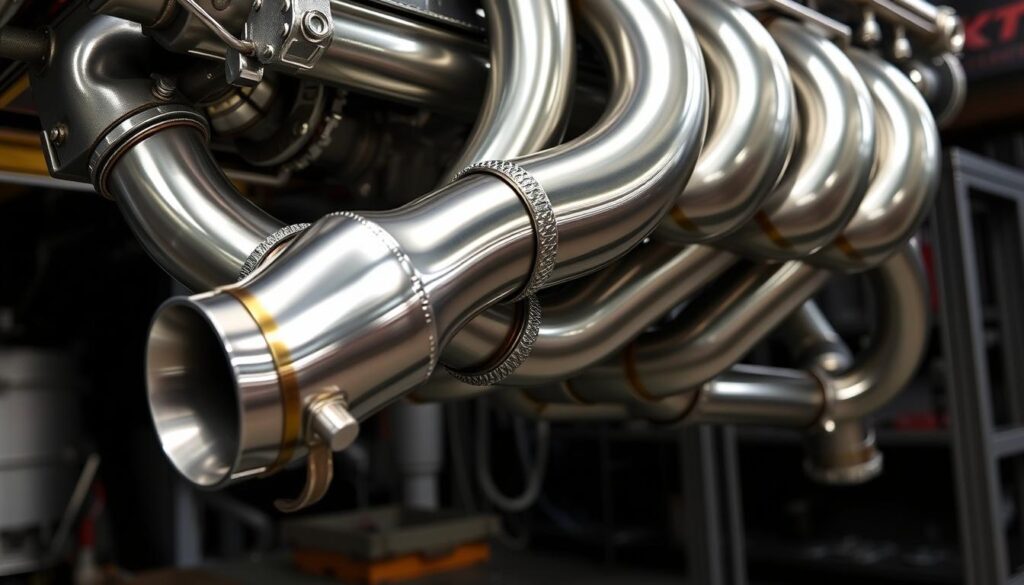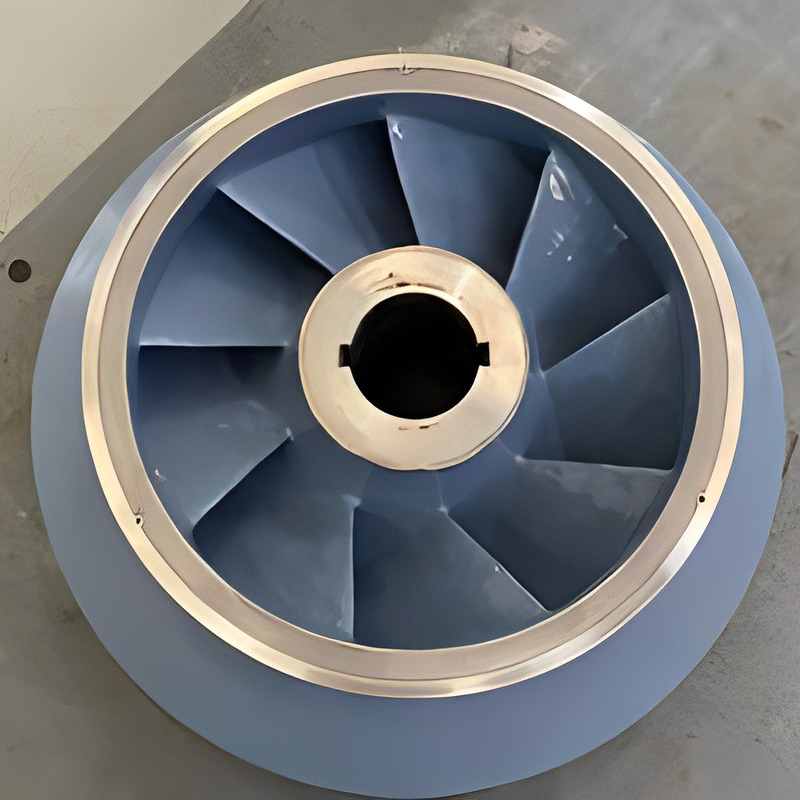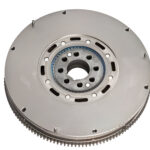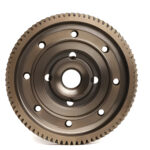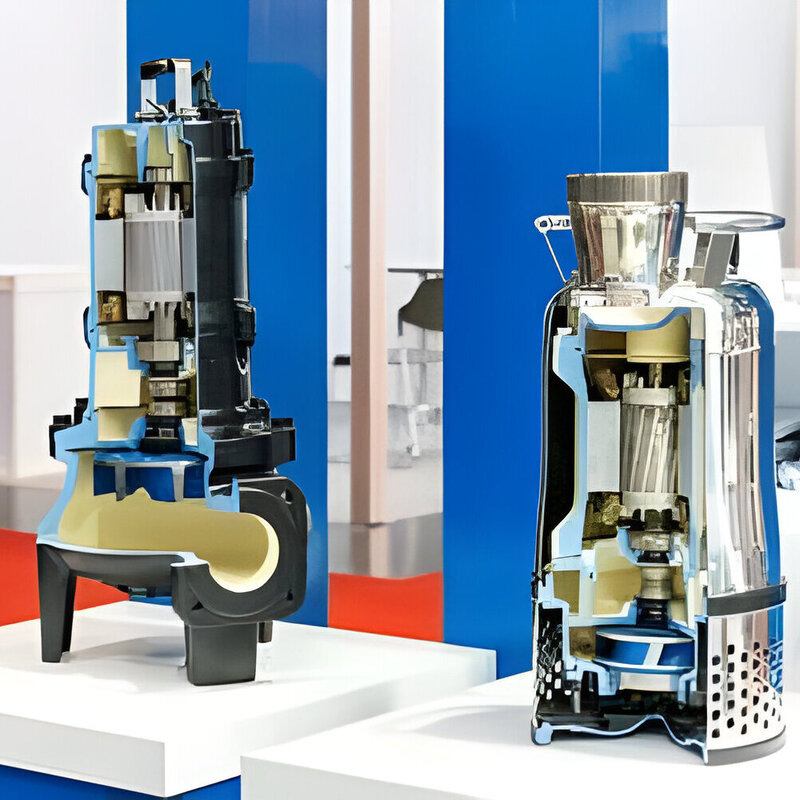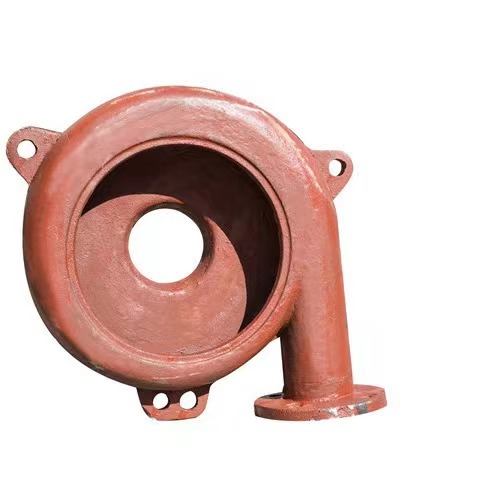Stainless steel is a top choice for car exhaust systems. It's known for its many benefits. We're experts in stainless steel exhaust parts, and we see why it's great for headers and manifolds. It's tough, lasts a long time, and boosts your car's performance and efficiency.
Key Takeaways
- Stainless steel's corrosion resistance means your exhaust system stays strong longer.
- It can handle high temperatures without warping or cracking.
- It makes your engine run better and cuts down on emissions.
- It's built to last, saving you money on repairs and replacements.
- It looks great, making your car's engine bay look professional.
Choosing a stainless steel exhaust manifold brings many perks. Your car will perform better, need less upkeep, and look sharp under the hood. Stainless steel is perfect for both original and aftermarket upgrades. It keeps your vehicle running smoothly for years.
Corrosion Resistance: A Lasting Solution
Corrosion resistance is key for automotive exhaust systems. Stainless steel is the top choice for those looking for lasting performance. Its high chromium content creates a protective layer that fights off oxidation and chemical damage.
Chromium-Nickel Alloy: The Key to Durability
Among stainless steel grades, chromium-nickel alloys like 304 and 316L are best for exhausts. Nickel boosts weldability and improves strength, making it tough, strong, and flexible. This makes it perfect for marine exhausts where corrosion and high heat are big concerns.
"The chromium-nickel grades, particularly 321 and 347 stainless steels, are top choices for exhaust headers, especially in turbocharger systems and rotary engines, due to their resistance to high-temperature carbide precipitation and intergranular corrosion."
Choosing a stainless steel exhaust manifold means your vehicle stays safe from corrosion. This ensures your driving experience stays reliable and strong.
Stainless Steel Exhaust Manifold Advantages: Thermal Efficiency
Thermal efficiency is key in exhaust systems. Stainless steel shines here because it keeps heat well. It doesn't let cooling gases escape as easily, keeping the exhaust hot.
This means stainless steel exhaust manifolds keep more heat. This leads to faster exhaust flow and better scavenging at the collector. This boosts the whole system's efficiency and can increase horsepower.
Mild steel can't handle such high heat. It often gets damaged, causing problems in fast cars like Indy racers.
"Stainless steel's ability to retain heat and maintain high exhaust velocities is a game-changer for performance-oriented exhaust systems."
Using stainless steel's unique properties, makers can create exhaust manifolds that work better. They keep more heat and ensure efficient scavenging, leading to more horsepower. This makes stainless steel a top choice for car lovers and those who want better performance.
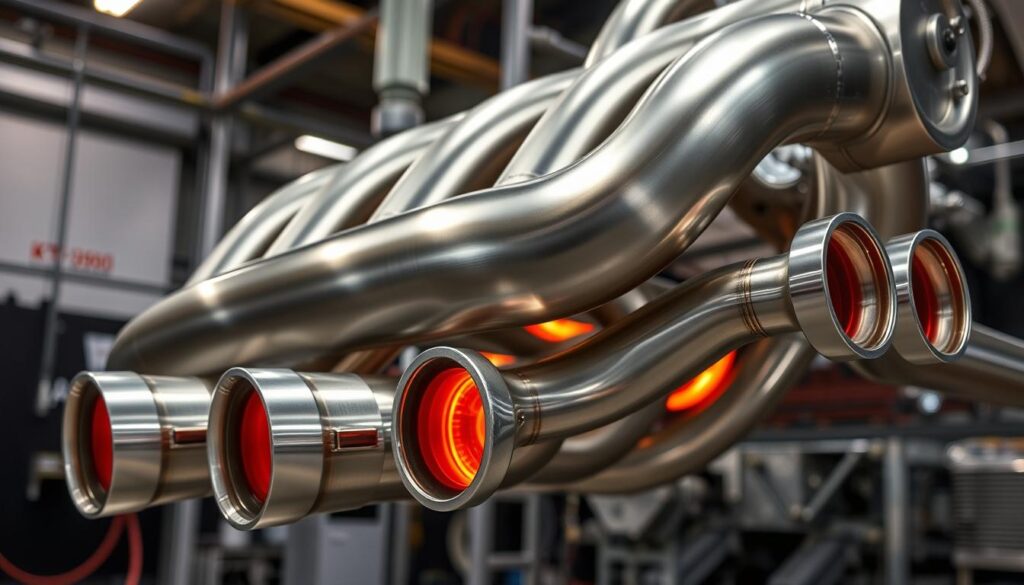
Maximizing Performance with Stainless Steel
Stainless steel is great for keeping heat and maintaining high exhaust speeds. This helps make exhaust systems work better. It means more thermal efficiency and horsepower gains for drivers.
- Improved heat retention within the exhaust system
- Increased exhaust velocity for enhanced scavenging
- Optimized thermal efficiency of the entire header system
- Potential for meaningful horsepower gains in high-performance applications
High-Temperature Resilience: Withstanding Extreme Conditions
In the tough world of turbochargers and high-performance exhausts, stainless steel is a top pick. It's known for its high-temperature resilience and fatigue resistance. These qualities make it perfect for the harsh heat and cycles found in hostile environments.
Stainless steel types like 321 and 347 are made for these tough conditions. They have chromium and nickel that help them stay strong and stable under high heat. This means exhaust manifolds made from these aircraft-grade stainless steels can work well without breaking, keeping performance high.
For top-level uses, like in Indy cars, 321 stainless steel is key. It has the best high-temperature resilience and fatigue resistance. This makes it the top choice for keeping exhaust systems strong against heat and shakes.
"The superior heat retention and fatigue resistance of stainless steel, compared to mild steel, make it a crucial material for maintaining performance and reliability in high-performance exhaust systems."
Using stainless steel's unique benefits, makers can create exhaust manifolds. These manifolds can handle the tough demands of turbocharger applications and hostile environments. They also ensure the exhaust system is reliable and lasts a long time. This keeps the vehicle running well and efficiently.
Conclusion: A Cost-Effective Investment
Upgrading our vehicles' exhaust systems with stainless steel manifolds is a smart choice. They are resistant to corrosion, work well in high heat, and last longer. This means better performance, longer life, and fewer repair costs over time.
Though stainless steel manifolds might cost a bit more at first, they're worth it. They handle the tough conditions of high-performance exhausts and look new for a long time. This makes them a wise pick for those who want the best for their cars.
Choosing stainless steel manifolds for our exhaust systems is a strategic step. It boosts engine efficiency, cuts down on maintenance, and makes driving more fun. For car lovers or racers, these manifolds are a low-maintenance, cost-effective upgrade that elevates our exhaust systems.
FAQ
What are the advantages of using a stainless steel exhaust manifold?
Stainless steel exhaust manifolds are great because they don't rust, can handle high heat, and last a long time. They also improve performance, cut down on emissions, are lighter, need no upkeep, and are a smart choice for upgrading your car.
How does the chromium-nickel alloy in stainless steel contribute to its durability?
The chromium-nickel alloy in stainless steel makes it super strong and resistant to corrosion. It also improves its ability to withstand fatigue, be tough, and flexible. This makes stainless steel perfect for exhaust headers, especially in turbocharger systems and rotary engines.
How does the thermal efficiency of stainless steel exhaust manifolds improve performance?
Stainless steel is better at keeping heat inside the exhaust system than mild steel. This means it helps the exhaust system work more efficiently. It also means your engine makes more horsepower.
Why is the high-temperature resilience of stainless steel crucial for exhaust manifolds?
Stainless steel can handle very high temperatures without breaking down. This is key for exhaust manifolds in high-performance setups like turbocharger systems and rotary engines. It ensures your exhaust system works well and lasts longer.
Why is a stainless steel exhaust manifold a cost-effective investment?
Stainless steel might cost a bit more at first, but it's worth it. It lasts longer, works better, and needs less maintenance than mild steel. This means you save money over time, making it a smart choice for car lovers and racers.

